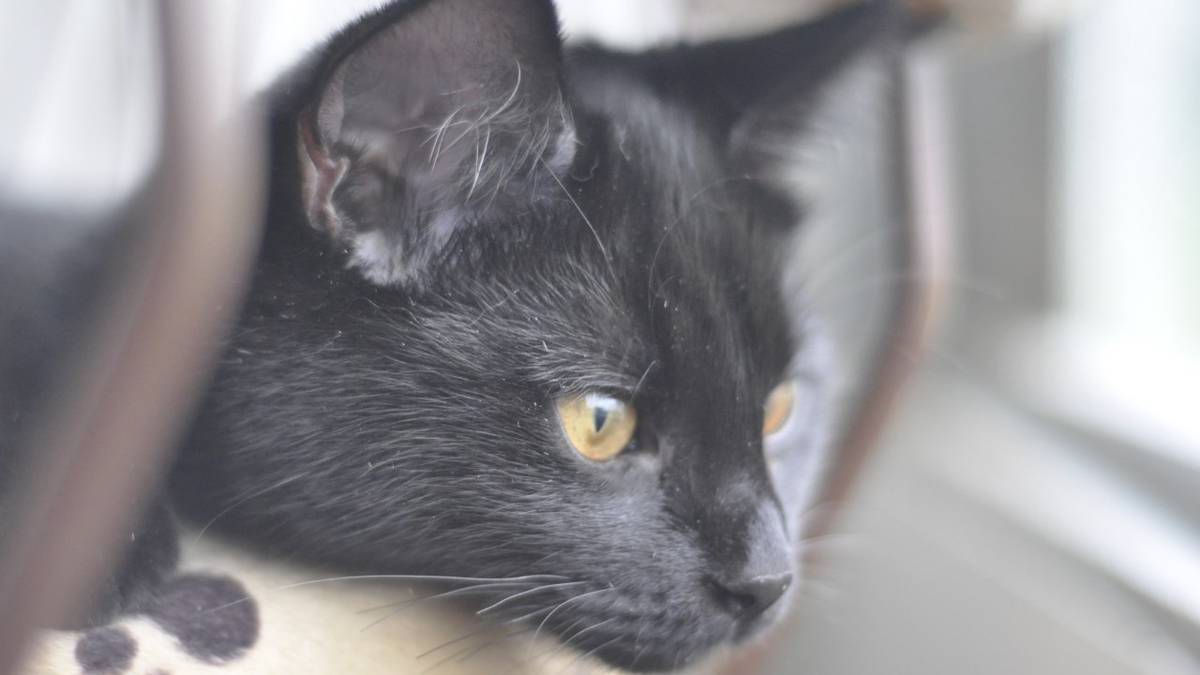Pet cats in Whangārei, six months or older, will now have to be snip ‘n’ chipped as the Animal Bylaw amendment kicks in.
From now on companion cats six months or older in Whangārei must be desexed and microchipped following an amendment to the Animal Bylaw voted in by the district council.
The change came into effect on July 1 after getting the official thumbs-up at a Whangārei District Council meeting back in May.
Thousands of Whangārei residents plus animal welfare groups strongly endorsed mandatory snip ‘n’ chips for cats as they expressed concerns about the amplified feline population.
While the council’s step to take action on cat control was met with applause nationally, some question marks loomed.
Here are the key details you need to know about the Animal Bylaw change:
Why should I microchip and desex my cat?
The council says desexing and microchipping are good for the welfare of cats and for the district’s native wildlife.
Female cats can start to reproduce at just 5-months-old and have up to four litters of six kittens every year – that’s a lot of cats and not all of which end up in a loving home.
Less unwanted litters can translate to fewer strays that prey on wildlife, such as native birds and lizards, for survival.
When you microchip and register your cat on the New Zealand Companion Animal Register vet, animal shelters and councils can be easily reunited with their family.
What is microchipping and how do I register my cat?
A microchip is a permanent method of identification. The chip is about the same size as a grain of rice and is placed under the skin by a vet by injection.
Each chip has a unique identification code that can be read by an electronic scanner. The code is recorded alongside the owner’s contact details on the national animal register.
Owners can update their personal details on the database if their phone number or address changes.
/cloudfront-ap-southeast-2.images.arcpublishing.com/nzme/33K4E7GCMDYI6MACH62FVT3O24.jpg)
How much will it cost me to microchip and desex my cat?
To desex a male cat in Whangārei is $60 and $80 for a female. Microchipping costs around $60 with a one-off $15 registration fee with Companion Animals NZ.
However, costs may vary as vets determine their charges. If that sounds too costly, check in with local cat welfare organisations or the SPCA to see if they can help.
The SPCA often runs $10 Snip ‘n’ Chip events with information posted on their website. In fact, the council has allocated $15,000 per year to support the SPCA initiative for the first three years of their 2021-2031 Long Term Plan.
What if my cat is too old to have desexing surgery?
If your vet deems your cat is too old or sick to undergo the surgery then you need to supply a vet certificate and your cat will be given an exemption.
How can the council tell if cats are microchipped and/or desexed?
Cats can be scanned to see if they have a microchip and vets can provide a desexing certificate to owners if they’ve completed the surgery.
Council says they’ll “work with what they’ve got” in the instance a cat isn’t registered to the national database.
But how will the council police this change?
Council is taking an education-first approach with no fines currently in place.
If they discover a cat isn’t desexed they’ll contact the owner and remind them of their legal responsibility to do so. They also provide guidance on how to do so.
Council has expanded their existing animal control department by establishing a new role for an animal compliance education officer whose focus is cats.
Their role was about providing education and complaint management – not going door-to-door to police whether moggies were spayed and microchipped.
But any owner who repeatedly refuses to snip ‘n’ chip their cat may be prosecuted for breaching the Animal Bylaw.




